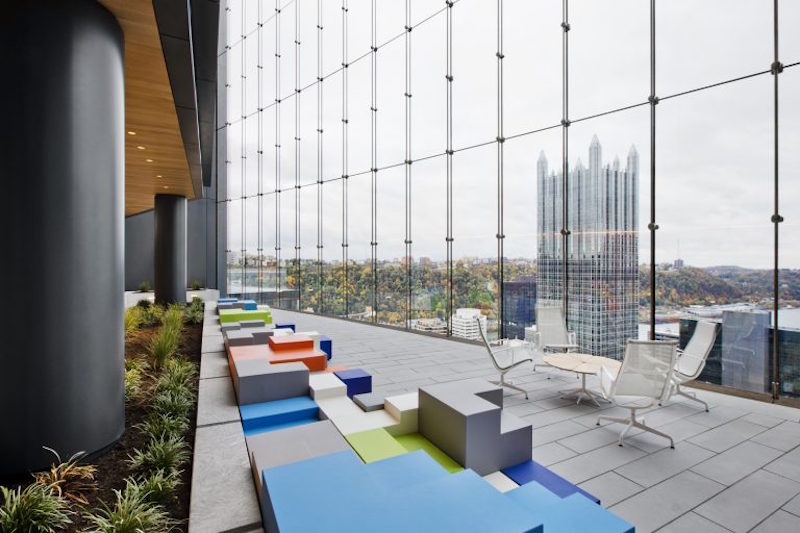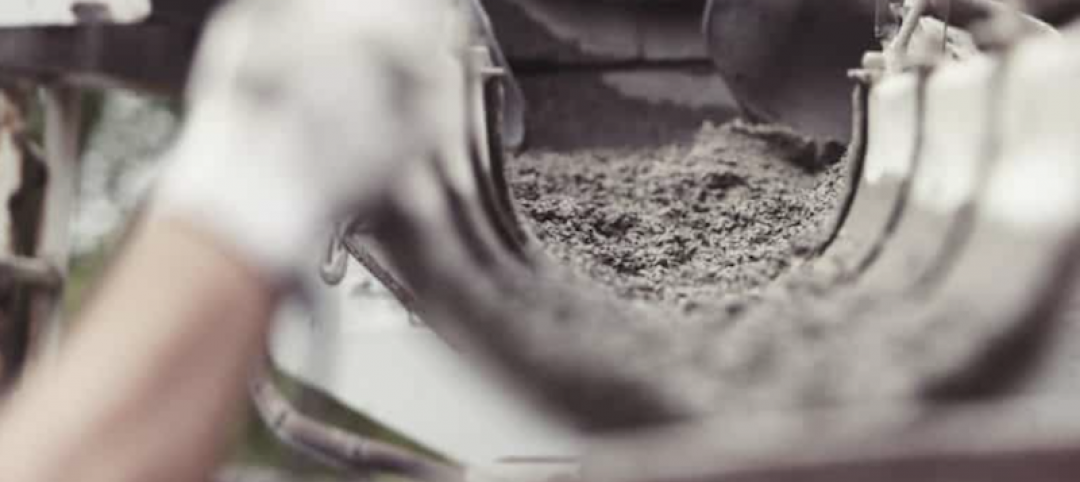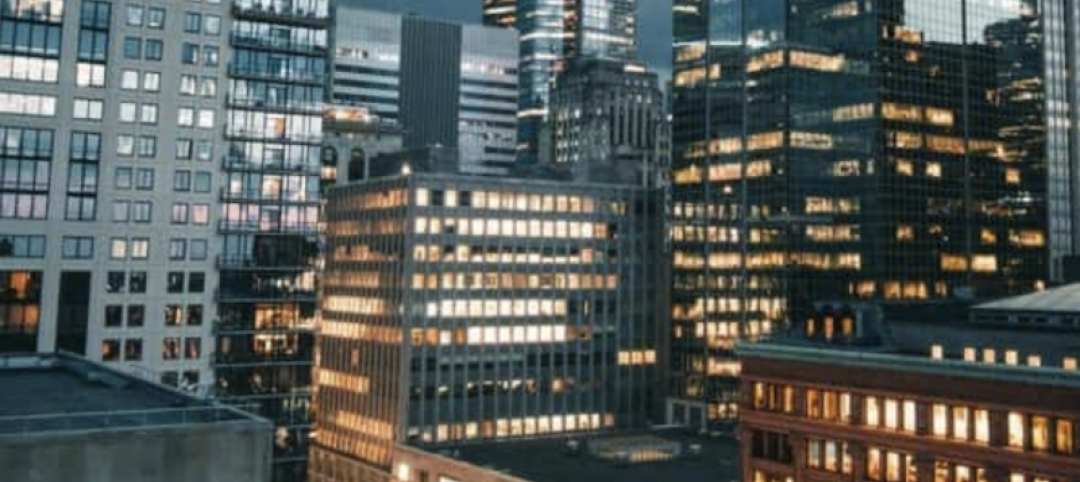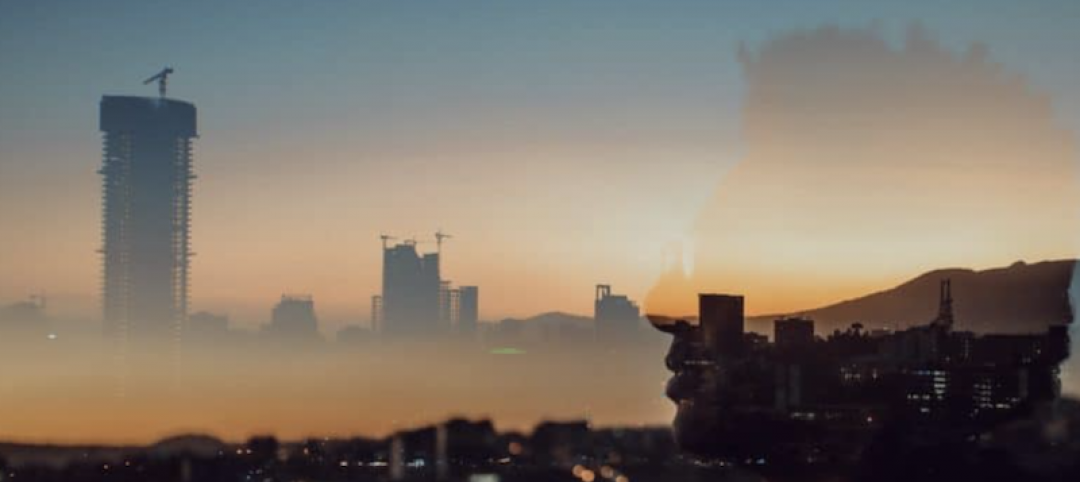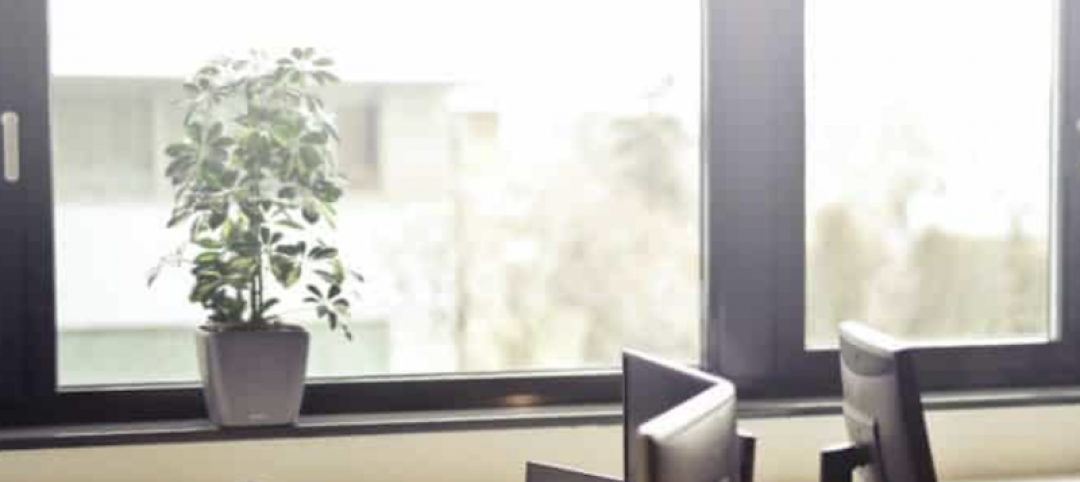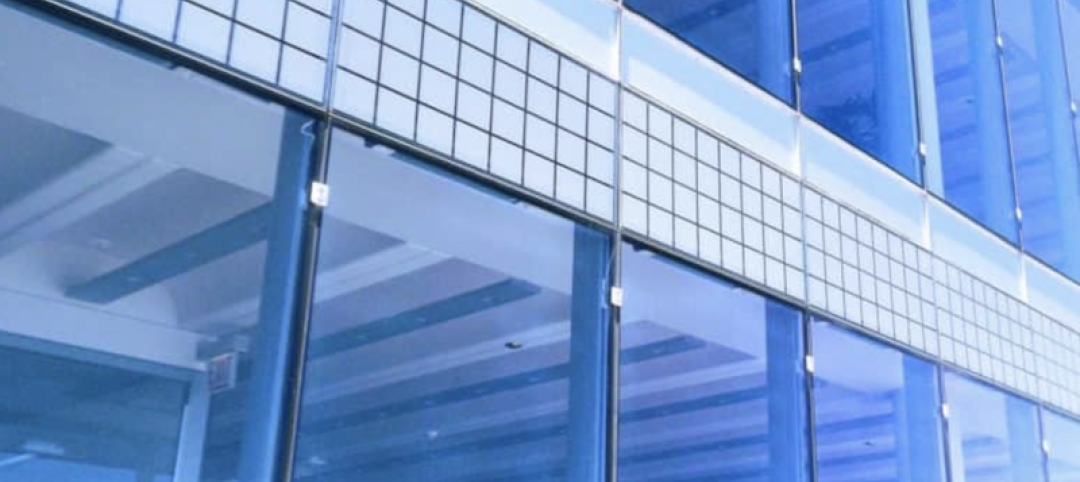Biophilia is a term that literally means love of nature. It was coined by E.O. Wilson, who said that biophilia is the “connection that human beings subconsciously seek with the rest of life.” And Stephen Kellert, who worked with Wilson wrote that biophilia is “a complex of weak genetic tendencies to value nature that are instrumental in human physical, material, emotional, intellectual, and moral wellbeing. Because biophilia is rooted in human biology and evolution, it presents an argument for conserving nature based on long-term self-interest.”
Obviously you can get some nature when you visit, you know, nature. But we need nature in our everyday lives – which is why it’s so important to bring nature into the built environment. According to the Environmental Protection Agency, the average American spends 93% of their life indoors.
93%!
We get an accumulative one half of one day outside each week.
Ouch.
Thankfully architects, owners, and developers are getting wise to the power of nature, which is why biophilia is trending. Because more people are spending more time in cities, there is a chance that they will lose that important and powerful human-nature connection that Wilson and Kellert identified.
We need to create new interactions between people and nature in order to achieve the “happiness effect” that spending time in the natural world provides.
How? Here are some introductory concepts:
- Look to environmental features like sunlight, water, plants, animals, and natural materials.
- Bring in natural forms like botanical motifs, arches, domes, and biomimicry.
- Incorporate natural patterns and processes such as multi-sensory experiences, patina, patterned wholes, and organized ratios and scales.
- And finally, there is light and space – natural light is invigorating and supports the body’s natural rhythms, use filtered light, light pools, open spaces, and spatial variability.
You don’t have to create an indoor jungle to serve up a biophilic experience. Look at the Park, designed by Gensler in partnership with Paladino for The Tower at PNC Plaza – building tenants are able to get off of an elevator and step into a skyrise park. While it’s indoors, the temperatures follow natural variability to mimic the outside climate, it allows a visual connection to nature, abundant natural light, indoor plantings, beautiful views of nature, including Pittsburgh’s signature three rivers.
Nature is multisensory, and so should be the spaces we design. Use intentional design features to give people something to touch, smell, hear, and see. I leave taste to you. Instead of overcoming the impact of fluorescent lighting on the body’s natural rhythms, offer circadian lighting. Heal the chasm between our most natural selves and the artifice of the built environment.
Here are links to several of my favorite resources:
More from Author
Paladino | Jan 10, 2022
The future of regenerative building is performance-based
Why measuring performance results is so critical, but also easier said than done.
Paladino | May 26, 2021
Injecting embodied carbon capability into the integrated design and construction process
Embodied carbon is defined as the carbon footprint of a material, and is expressed in metric tons of CO2e.
Paladino | May 12, 2021
Climate modeling for a resilient business and future
This post explores changes that developers and their teams need to make to their risk and resilience strategies by climate modeling for climate change.
Paladino | Apr 26, 2021
Building performance requirements are coming: Are you ready?
Building Performance Requirements are trending nationwide and are likely coming to a county near you.
Paladino | Feb 8, 2021
Six lessons learned from our first Fitwel Viral Response Module certification
The Fitwel Viral Response Module is one of several frameworks that real estate owners and operators can use to obtain third-party certification for their efforts ensuring their properties are ready for a safer and healthier return to work.
Paladino | Jan 14, 2021
Shift your energy to carbon
Now is the right and necessary time for the commercial real estate industry to shift its environmental strategy from just energy, a carbon contributor, to carbon itself.
Paladino | Nov 13, 2020
5 tips when designing for daylight
Daylight modeling is a tool to examine how daylight interacts with a building, and how that natural light behaves within interior spaces.
Paladino | Jul 16, 2020
COVID readiness: IWBI and USGBC seek to help businesses quantify risk
In an effort to address the risks of COVID-19 at the building scale, USGBC and IWBI have analyzed existing certification guidelines and drafted new, relevant content.
Paladino | Jun 5, 2020
3 strategies to improve the wellness of building systems and gain tenant trust
Three operational issues that must be prioritized for every building in order to achieve tenant trust are air quality/ventilation, relative humidity, and building commissioning.

